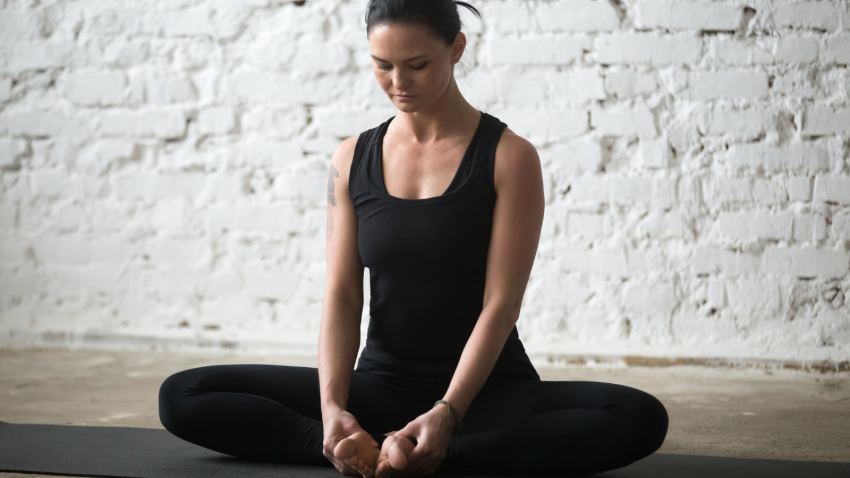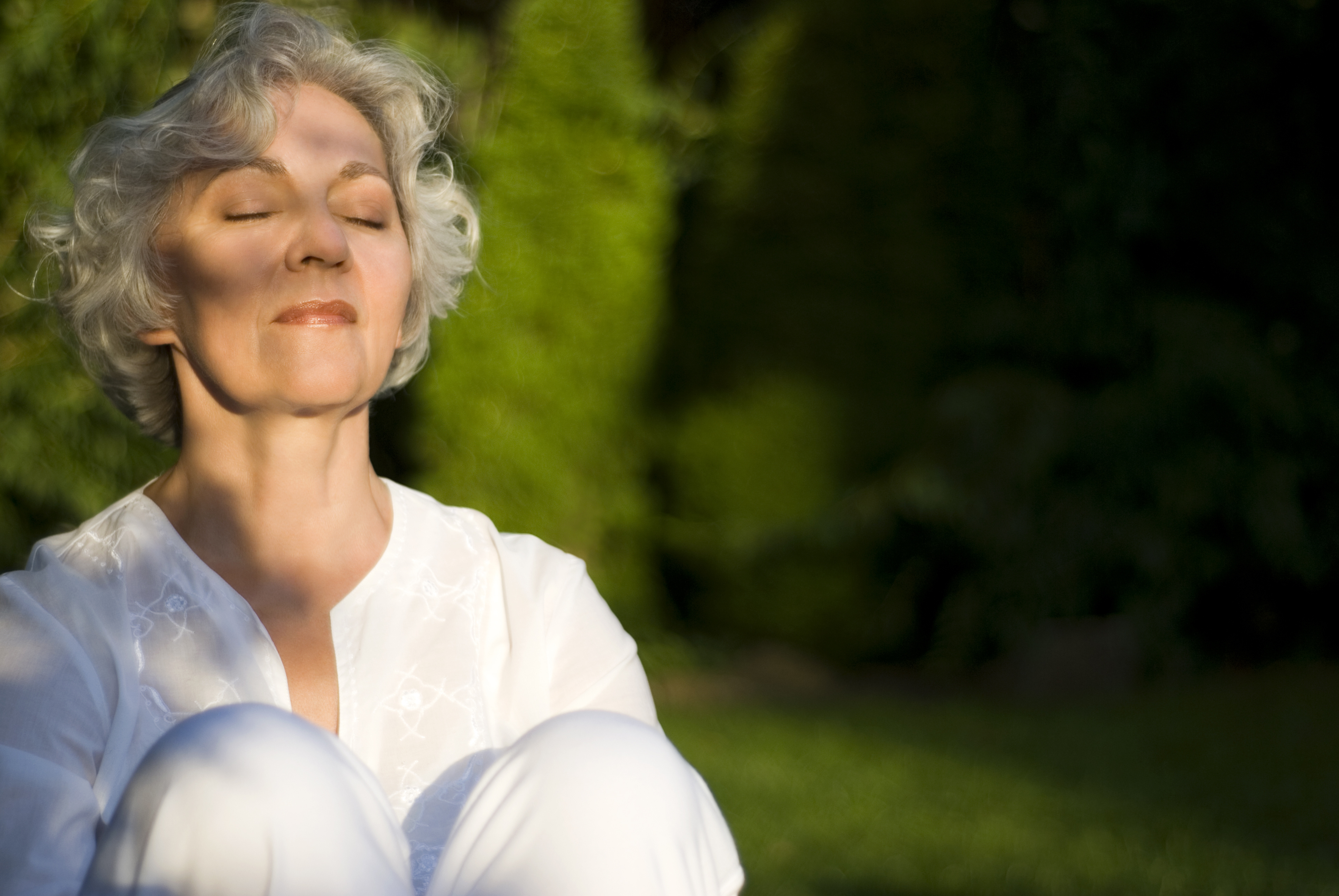View basket (0 items $0.00)

Opening to Emotions: RAIN Practice
Whatever you feel is real, but our perception is not always true. As the emotions swirl with accompanying thoughts and sensations, how many of us have jumped into the vortex and identified with the narrative, the blame, the hurt only for the emotion to intensify? Or maybe we reach for distraction to avoid what we’re experiencing.
Emotions serve a purpose in bringing our awareness to an underlying need. This sounds quite straightforward, but the lens through which we view this need has the filter of our hitherto conditioning obscuring and warping the message. Take anger. In its raw form, anger tells me to protect myself or others. Yet my conditioning adds a sense of self-righteousness, blame, and in an extreme sense, revenge to the lens of my perception. Or jealousy. Jealousy tells me I am feeling displaced from my true being, but my previous experiences add a sense of grasping, “if only” and comparison to what I am experiencing.
Our Emotions Carry Messages
 Every emotion carries a message. But so long as we keep our attention outward and search for solutions before we turn inward, the essence of the message is obscured by the stories we tell ourselves about ourselves and others. The painful emotions we experience are a signal from our intrinsic intelligence that we’ve become or fear we’ll become, inwardly and outwardly separated. We generate these feelings in an attempt to stay connected.
Every emotion carries a message. But so long as we keep our attention outward and search for solutions before we turn inward, the essence of the message is obscured by the stories we tell ourselves about ourselves and others. The painful emotions we experience are a signal from our intrinsic intelligence that we’ve become or fear we’ll become, inwardly and outwardly separated. We generate these feelings in an attempt to stay connected.
We know that in the throes of anger, jealousy, shame, fear, and sadness there’s a felt sense of separation and disconnection from who we are beyond the ego. (The ego does serve a purpose, but left unchecked creates a misidentification with who we actually are beyond our likes and dislikes.) We are in a trance of a separate me and an “othering” of you, as we seek to have our needs met. The emotion’s core message is, “I want to remain connected.” Yet the imposition of the ego’s immediate likes and dislikes creates a narrative that fosters less connection and more separation. It’s paradoxical.
Connecting with Emotions
In denying my emotions, I project them onto others to avoid facing up to what was happening or looking for a short-term distraction. Why? The story I told myself about who I was—“I’m kind,” “I’m calm,” “I’m good”—means those emotions that aren’t congruent with this self-narrative are a threat to who I tell myself I should be. It took a slice of humble pie, many years of yoga and self-compassion meditation. In addition, it took studying and having Gestalt Therapy to say to painful feelings, “I see you and you belong. Let’s sit together.”
I move beyond my small stories of likes, roles, and dislikes when I am with my emotions. I can meet my experience with the expansive container of loving awareness, where judgment is replaced with inquiry, and condemnation is substituted with nurturing. Rather than turn toward blaming, I make a U-turn toward the raw message of the emotions and begin to peel away the years of conditioning.
RAIN Practice: A Meditation for Healing
Therapy helped to see the many roles I had constructed or taken on. It allowed me to shine a light on my blind spots. Yoga and mindfulness allowed me to keep the attentional quality, and self-compassion provided a sense of nurturing and non-judgment. I am intensely grateful to Tara Brach for her adapted RAIN (Recognize, Allow, Investigate, Nurture) meditation. This practice has given me a distilled formula for working with the qualities I spent many years fostering. I’d like to take you through it now. This meditation is not intended for exploring trauma on your own. In the case of trauma, it is best to practice RAIN with a qualified psychotherapist or counselor.
How to Practice RAIN

Take a few moments to find a comfortable seat and check in with your breathing. Take a few breaths, intentionally lengthening your exhale.
Recognize: Bring into your awareness a difficult emotion you’re currently experiencing or have experienced recently. Sense where you feel this in your body. Stay with the sensation without needing to go into the story around the emotion.
Allow: Recall how emotions are messengers. Can you accept its presence and say to yourself, “This belongs?” It’s okay to feel like this.
Investigate: With loving awareness, sense into your body where the emotion is strongest. If it helps, you can place a hand there. Now with open-hearted curiosity ask the emotion, “What do you need?” Feel how your body responds as you ask. Once the answer is clarified ask “How do you want me to best be with you right now?” Feel how your body is responding.
Nurture: Now turn your attention to a being that represents your higher self. This may be a deity, a relative who has your best interests at heart, a wise, inspirational figure, or it may be the future self you are becoming. What would they say to you right now as you sit here? How would their presence make you feel nurtured? Allow this feeling to embrace you.
After the RAIN: Take a few moments to rest in the cleansing experience of waking up, sensing how it is to be in a loving presence in the here and now.
Reprinted with permission from Charlene McAuley/This-Yoga.
 Charlene McAuley - My yoga exploration spans 13 years, teaching for almost seven of those years with varied students, including World Cup footballers and wise 80-year olds. I have an insatiable fascination with movement and psyche, recognizing many years ago through my yoga practice that movement can determine one’s mindset and mindset can determine one’s movement. I work primarily with the ‘here and now,’ wanting to explore what is occurring in the present moment so that I can encourage myself and students to live with more awareness.
Charlene McAuley - My yoga exploration spans 13 years, teaching for almost seven of those years with varied students, including World Cup footballers and wise 80-year olds. I have an insatiable fascination with movement and psyche, recognizing many years ago through my yoga practice that movement can determine one’s mindset and mindset can determine one’s movement. I work primarily with the ‘here and now,’ wanting to explore what is occurring in the present moment so that I can encourage myself and students to live with more awareness.
Featured Courses









